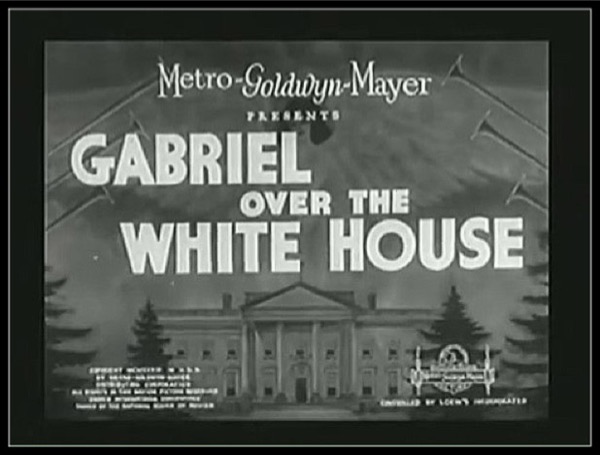Canadians are often found wanting in comparison to Norwegians, Swedes, Finns, or Danes in any international ranking. Except for smugness, where Canada (of course) is the undisputed world leader. But according to Michael Booth, things are not quite as wonderful in Scandinavia as we’re led to believe:
Whether it is Denmark’s happiness, its restaurants, or TV dramas; Sweden’s gender equality, crime novels and retail giants; Finland’s schools; Norway’s oil wealth and weird songs about foxes; or Iceland’s bounce-back from the financial abyss, we have an insatiable appetite for positive Nordic news stories. After decades dreaming of life among olive trees and vineyards, these days for some reason, we Brits are now projecting our need for the existence of an earthly paradise northwards.
I have contributed to the relentless Tetris shower of print columns on the wonders of Scandinavia myself over the years but now I say: enough! Nu er det nok! Enough with foraging for dinner. Enough with the impractical minimalist interiors. Enough with the envious reports on the abolition of gender-specific pronouns. Enough of the unblinking idolatry of all things knitted, bearded, rye bread-based and licorice-laced. It is time to redress the imbalance, shed a little light Beyond the Wall.
First, let’s look at Denmark, where Booth has lived for several years:
Why do the Danes score so highly on international happiness surveys? Well, they do have high levels of trust and social cohesion, and do very nicely from industrial pork products, but according to the OECD they also work fewer hours per year than most of the rest of the world. As a result, productivity is worryingly sluggish. How can they afford all those expensively foraged meals and hand-knitted woollens? Simple, the Danes also have the highest level of private debt in the world (four times as much as the Italians, to put it into context; enough to warrant a warning from the IMF), while more than half of them admit to using the black market to obtain goods and services.
Perhaps the Danes’ dirtiest secret is that, according to a 2012 report from the Worldwide Fund for Nature, they have the fourth largest per capita ecological footprint in the world. Even ahead of the US. Those offshore windmills may look impressive as you land at Kastrup, but Denmark burns an awful lot of coal. Worth bearing that in mind the next time a Dane wags her finger at your patio heater.
Okay, but how about Norway? Aren’t they doing well?
The dignity and resolve of the Norwegian people in the wake of the attacks by Anders Behring Breivik in July 2011 was deeply impressive, but in September the rightwing, anti-Islamist Progress party — of which Breivik had been an active member for many years — won 16.3% of the vote in the general election, enough to elevate it into coalition government for the first time in its history. There remains a disturbing Islamophobic sub-subculture in Norway. Ask the Danes, and they will tell you that the Norwegians are the most insular and xenophobic of all the Scandinavians, and it is true that since they came into a bit of money in the 1970s the Norwegians have become increasingly Scrooge-like, hoarding their gold, fearful of outsiders.
Finland? I’ve always gotten on famously with Finns (and Estonians), although I haven’t met all that many of them:
I am very fond of the Finns, a most pragmatic, redoubtable people with a Sahara-dry sense of humour. But would I want to live in Finland? In summer, you’ll be plagued by mosquitos, in winter, you’ll freeze — that’s assuming no one shoots you, or you don’t shoot yourself. Finland ranks third in global gun ownership behind only America and Yemen; has the highest murder rate in western Europe, double that of the UK; and by far the highest suicide rate in the Nordic countries.
The Finns are epic Friday-night bingers and alcohol is now the leading cause of death for Finnish men. “At some point in the evening around 11.30pm, people start behaving aggressively, throwing punches, wrestling,” Heikki Aittokoski, foreign editor of Helsingin Sanomat, told me. “The next day, people laugh about it. In the US, they’d have an intervention.”
[…]
If you do decide to move there, don’t expect scintillating conversation. Finland’s is a reactive, listening culture, burdened by taboos too many to mention (civil war, second world war and cold war-related, mostly). They’re not big on chat. Look up the word “reticent” in the dictionary and you won’t find a picture of an awkward Finn standing in a corner looking at his shoelaces, but you should.
“We would always prefer to be alone,” a Finnish woman once admitted to me. She worked for the tourist board.
Sweden, though, must be the one without any real serious issues, right?
Anything I say about the Swedes will pale in comparison to their own excoriating self-image. A few years ago, the Swedish Institute of Public Opinion Research asked young Swedes to describe their compatriots. The top eight adjectives they chose were: envious, stiff, industrious, nature loving, quiet, honest, dishonest, xenophobic.
I met with Åke Daun, Sweden’s most venerable ethnologist. “Swedes seem not to ‘feel as strongly’ as certain other people”, Daun writes in his excellent book, Swedish Mentality. “Swedish women try to moan as little as possible during childbirth and they often ask, when it is all over, whether they screamed very much. They are very pleased to be told they did not.” Apparently, crying at funerals is frowned upon and “remembered long afterwards”. The Swedes are, he says, “highly adept at insulating themselves from each other”. They will do anything to avoid sharing a lift with a stranger, as I found out during a day-long experiment behaving as un-Swedishly as possible in Stockholm.
H/T to Kathy Shaidle (via Facebook) for the link.




